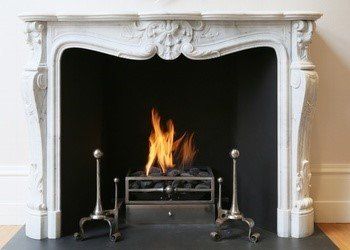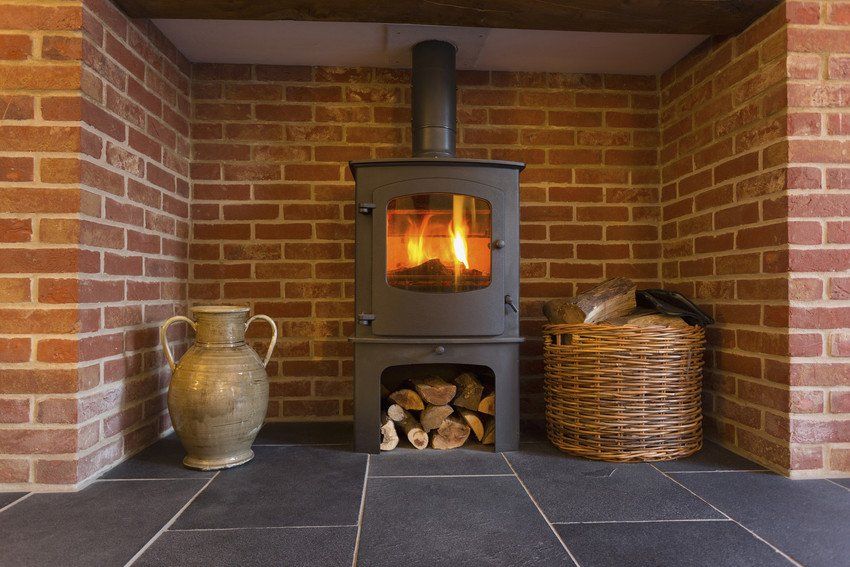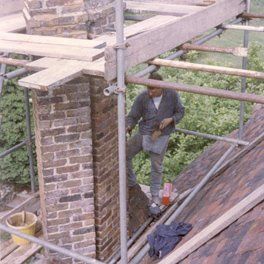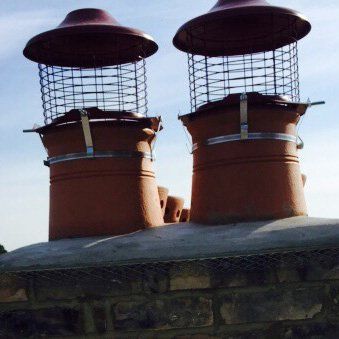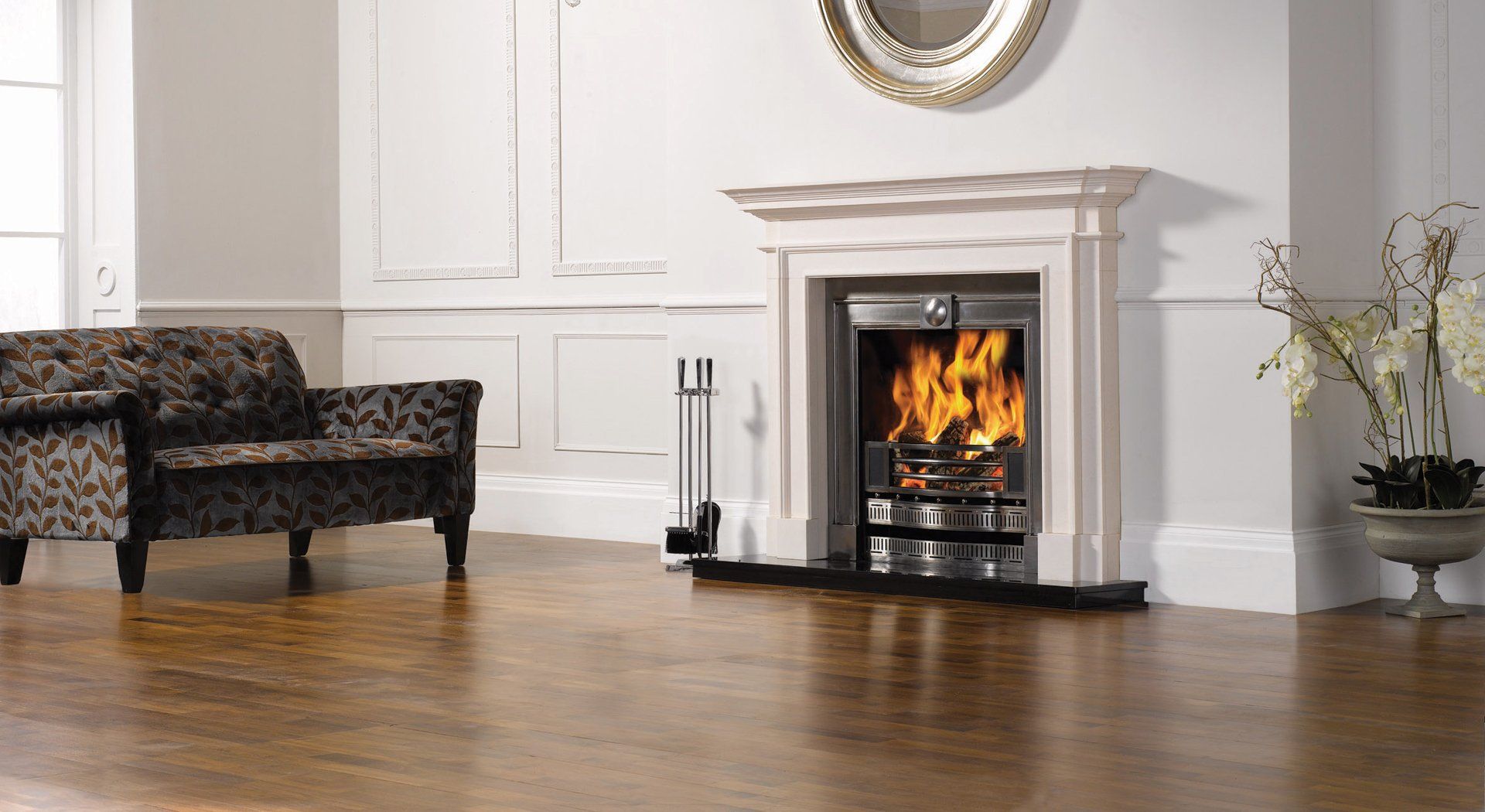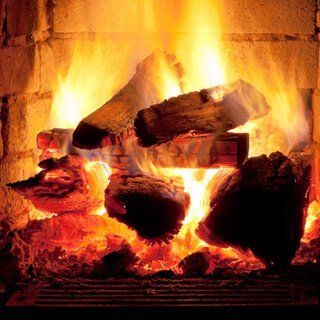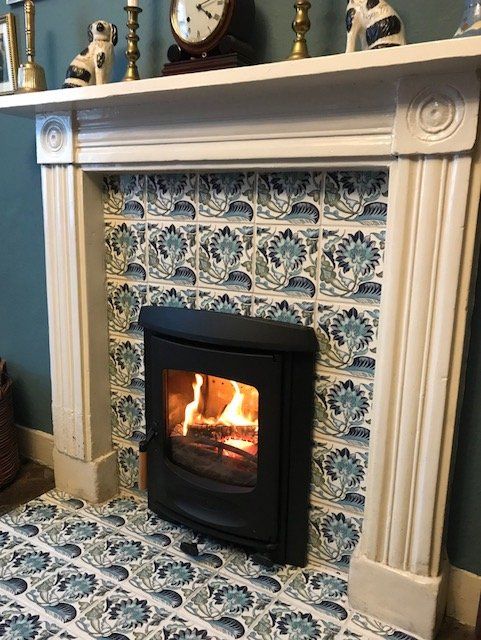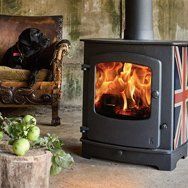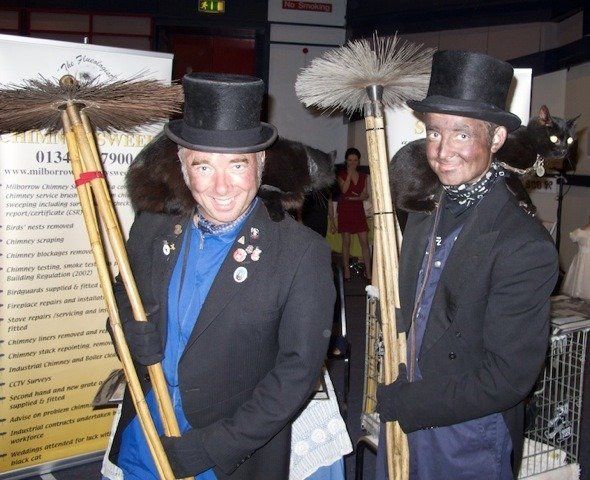A Brief History of Chimney Sweeps
- By Milborrow Chimney Sweeps
- •
- 06 May, 2019
- •
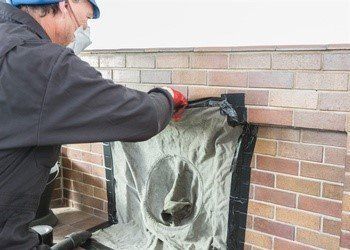
When we think of chimney sweeps, we can’t help but picture Mary Poppins and Dick Van Dyke’s character, Bert, or extracts from Oliver Twist. Depicted with long spiky brushes and soot-ridden clothes and skin, the job of chimney sweeper originates back to the 18th century.
As a professional chimney sweep company, we know that the profession is very different today but it’s important to know our roots. So, in this blog, we explore a brief history of chimney sweeping, where it all began and how it evolved.
The start of the British Industrial Revolution, in the 18th century, saw coal fast becoming a leading source of fuel. Feeding factory operations, city-to-city transportation and domestic heating, Britain’s economic development relied heavily on coal. Many city homes had chimneys that consistently produced smoke from the fires, but if the chimney interiors became choked or blocked with a build-up of soot, chimney fires could erupt. This is where the job of the chimney sweep came in, ensuring that chimneys were clear and homes remained safe.
The pop culture depiction of a man or boy wearing black, dirty clothes and carrying a tall brush isn’t an inaccurate image of what a chimney sweep used to look like. Using circular brushes with long handles, the chimney sweeps would enter a home and extend the brush up the chimney to clean, dust and dislodge any soot blockages. But, what about the bits the sweepers couldn’t reach?
During the Industrial Revolution, particularly moving into the 19th century and the Victorian era, child labour wasn’t uncommon. From cotton mills to coal mines, children were cheap labour and small enough to fit into the hard-to-reach places such as sliding underneath looms to pick up loose cotton or wedging themselves between rocks ready to open mining trap doors.
Chimney sweep masters usually took on children as young as four as their workers, and later they could become apprentices. These ‘climbing boys’ would be sent up to dislodge the soot and some of them were as young as four years old up to the age of 10 - the smaller they were, the better, as many chimneys were very narrow.
Fortunately, in 1864, the British Parliament passed the “Act for the Regulation of Chimney Sweepers”, which ended the use of young boys as chimney sweepers. Around this time period and through to the end of the 1800s, various devices were invented to aid the chimney sweep in cleaning and brushing of the chimney, including iron balls and rope pulley systems.
In the 1900s, chimney sweeps were still needed and even into the 1950s and 60s when gas and electricity was only just beginning to replace coal. Chimneys were still commonplace in homes across the country and a chimney sweeper job role progressed and revised itself with the changes of fuel. From diagnosing fireplace problems to keeping homes safe from carbon monoxide poisoning, chimney sweepers today are educated in the sciences behind fireplaces and chimneys and work to repair, maintain and install a whole range of heating services.
We may not practice chimney sweeping like our ancestors of old, but our team at Milborrow Chimney Sweeps are experts in all things to do with chimneys, fireplaces, boilers and repairs. Along with professional fire and heating services, we can also don a traditional Victorian chimney sweep costume and join your wedding festivities. For more information on our wide range of chimney and fireplace services in the South East of England, contact us today.
- Bletchingley
- Brighton
- Burgess Hill
- Carshalton
- Caterham
- Crawley Down
- Crawley
- Crowborough
- Croydon
- Dorking
- East Grinstead
- Edenbridge
- Epsom
- Forest Row
- Guildford
- Haywards Heath
- Heathfield
- Horley
- Horsham
- Lewes
- Lindfield
- Lingfield
- Oxted
- Partridge Green
- Redhill
- Reigate
- Royal Tunbridge Wells
- Sanderstead
- Sevenoaks
- Southborough
- Tonbridge
- Uckfield
- Worthing



